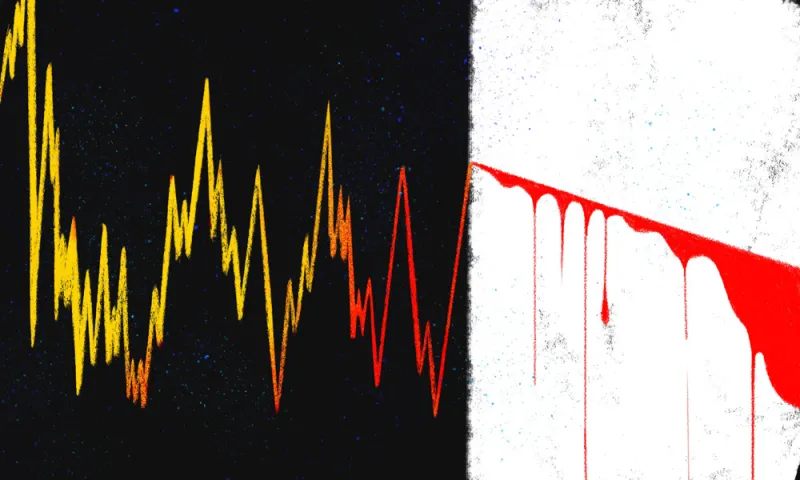Risk-premia products have been underperforming since 2015, but 2020 has inflicted even more damage to the popular hedge fund strategies.
“Risk premia got crushed when everything else got crushed this year, and it didn’t rebound when everything else did,” said Jon Caplis, CEO of hedge fund research and analytics firm PivotalPath.
Alternative risk premia funds systematically provide investors with exposure to long-term sources of return, such as value, momentum, and volatility. Bridgewater Associates, AQR, and D.E. Shaw are among the well known hedge funds that manage these strategies.
At the end of August, risk premia funds were down about 11 percent for the year, according to PivotalPath. While the funds were up last year, delivering an 8 percent gain, they paled in comparison to the Standard & Poor 500 index, which surged 29 percent.
In 2018, risk premia funds fell 8.7 percent, underperforming the S&P 500’s 6.6 percent loss. In 2017, the category was up 10.5 percent, versus a 19 percent for the stock index. Risk premia funds also underperformed in 2016 and 2015, according to PivotalPath data.
Between January of 2015 through August of 2020, Caplis said risk premia has produced essentially zero returns, while the S&P 500 generated about 12 percent annualized over the same time period.
“A lot of our clients started noticing this trend three years ago,” Caplis said. “But the well-known, brand-name risk premia managers of the world had these marketing machines touting a very clear story: We have zero correlation to equities and fixed income over market cycles; we’ll generate 7 to 10 percent returns over market cycles, with Sharpe ratios around 0.7. But from 2015 to 2018, our clients were asking questions like, ‘Why does risk premia have a correlation of 0.7 to the S&P 500 over the last year when it’s supposed to average 0?’”
[II Deep Dive: Quant Giant Two Sigma’s Funds Sink in First Quarter]
Caplis said the answer to why risk premia hasn’t worked for so long may come down to its unique history.
“When risk premia got hot in 2012, '13, and '14, managed futures people were scratching their heads saying, ‘That’s what we’ve been doing for 40 years. When we employ carry and momentum strategies that is capturing risk premia,’” said the PivotalPath CEO.
“Risk premia was the new way of articulating what the managed futures industry was already doing,” he continued. “Managed futures was always a very difficult strategy to sell and risk premia was the answer to that. But then like any strategy, when enough money flowed into it, and given how transparent the strategies are, the market likely got more efficient and smarter. As a result, returns suffered. Now you have to do more than capture carry, value, or momentum.”







